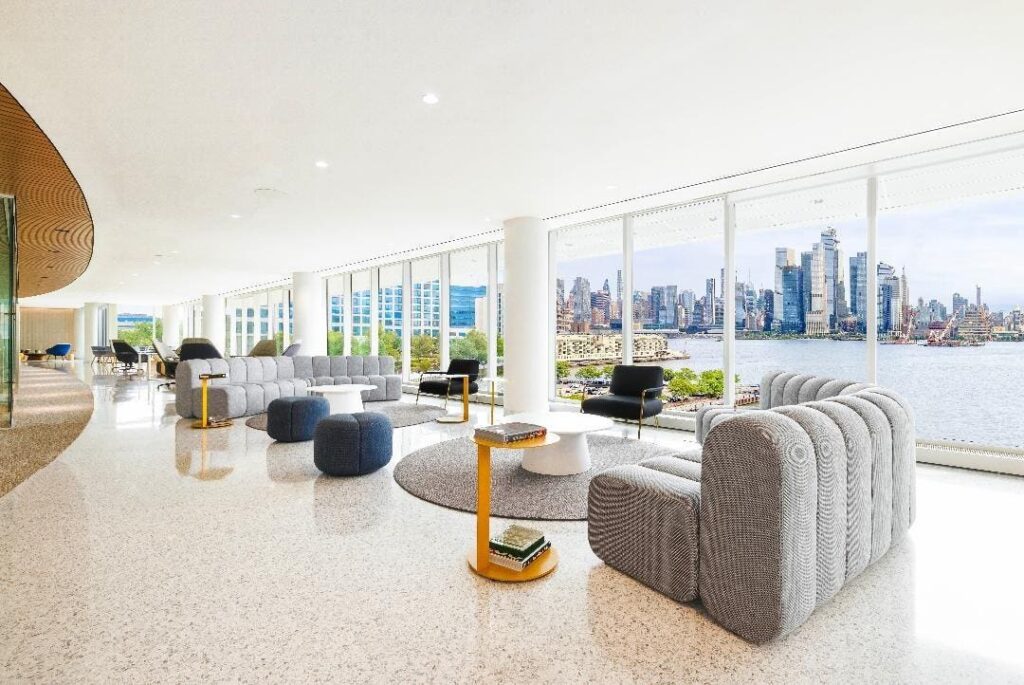The limited supply of U.S. single-family homes as well as their ongoing price appreciation, along with continuation of high interest rates, have convinced many would-be buyers to postpone their plans to buy for at least a little while. A look at several national and regional statistics leaves little doubt about the wisdom of that choice.
Nationally, the U.S. housing market has witnessed positive annual appreciation each quarter since the start of 2012, according to the Federal Housing Finance Agency. U.S. home prices have ballooned 5.7% over the past year. Given that stat, it should come as scant surprise the year-over-year gulf between home ownership and rental costs shot up 7.6% in the third quarter of last year, touching $1,203 per month. Over the past four years, income required to afford a for-sale home has accelerated at a far brisker pace than what’s needed to rent, in effect quadrupling the gap, CNBC Make It reports.
The result: The number of U.S. renter households expanded by 2.7% in the third quarter of last year, the second biggest year-over-year gain in the past decade, and moved up by another percent in the fourth quarter. While the latter represented the slowest growth rate since early 2023, it nonetheless helped increase the total number of renting households to 45.4 million in Q4, according to Redfin. Though just a bit more than one-third of U.S. households are renters, the percentage is much higher in expensive metropolitan areas on the coasts. For instance, 51.9% of households in New York City, 51.2% in Los Angeles and 46.2% in San Francisco were renting households in 2024.
Flexibility sought
“The U.S. is grappling with a significant, ongoing housing shortage, and as the cost of homeownership continues to rise, renting has become a more attractive and affordable option for many potential buyers,” says Kristi Nootens, co-head at CP Capital US, a U.S real estate investment manager specializing in multifamily properties.
“This is especially true for high-earning Millennials starting families and empty nesters looking to downsize. In a typical market, these groups would likely choose to buy. But today’s inflated housing prices and high mortgage rates, which on a monthly basis far exceed the average cost of renting, are keeping them in the rental market longer. Moreover, the shifting lifestyle trends are driving demand for multifamily properties, where renters enjoy greater flexibility, amenities and a strong sense of community.”
In short, if prospective home buyers must cool their heels a while longer while waiting out the stabilization of the housing market, many are at least enjoying the wait at rental communities that deliver hospitality-inspired service and on-site amenities such as full-service fitness centers and co-working space, as well as a low-maintenance lifestyle.
Among the communities such renters are moving to are Behring Companies’ 1900 Broadway in Uptown Oakland, Calif.; The Related Group’s Icon Las Olas and Veneto Las Olas in Fort Lauderdale; and Hoboken Point from Hartz Mountain Industries in Weehawken, N.J.
Savvy decisions
“Today’s aspiring homeowners are getting a bad deal,” says Colin Behring, chief executive officer with Behring Companies.
“With soaring interest rates, high insurance premiums, escalating property taxes and the burdens of maintenance, many high-earning individuals are realizing a home isn’t the wealth builder it once was. As a result, they’re becoming ‘renters by choice,’ a financially savvy decision that achieves greater flexibility and efficiency.”
Adds Gus Milano, president and chief operating office at Hartz Mountain Industries, “The ‘renter by choice’ population is drawn to developments like Hoboken Point, which offer spacious living and convenient access to amenities, especially as remote and hybrid work keep people home more. While many of these renters can afford to buy, they choose to rent for the lifestyle these properties provide.”
Read the full article here

